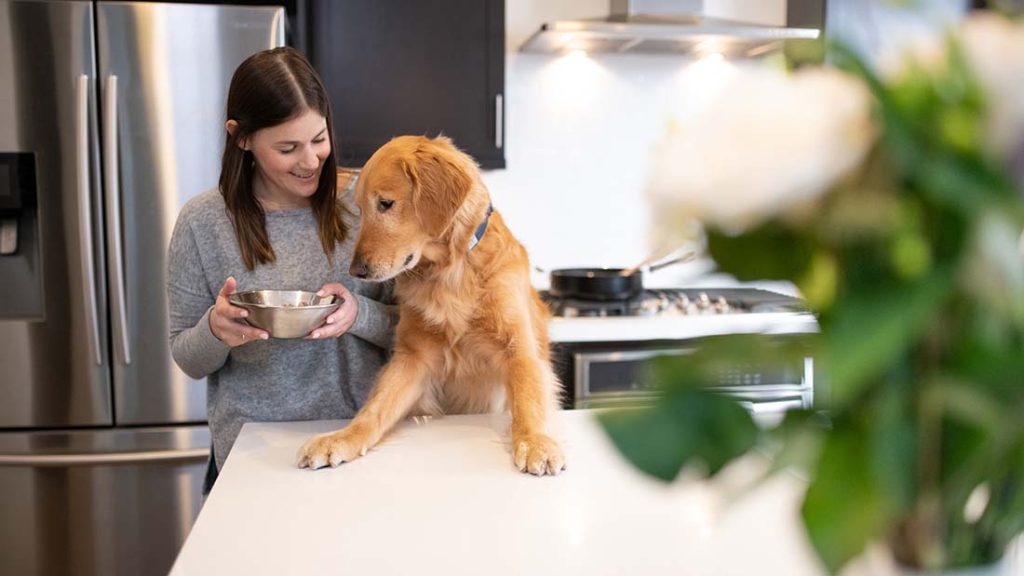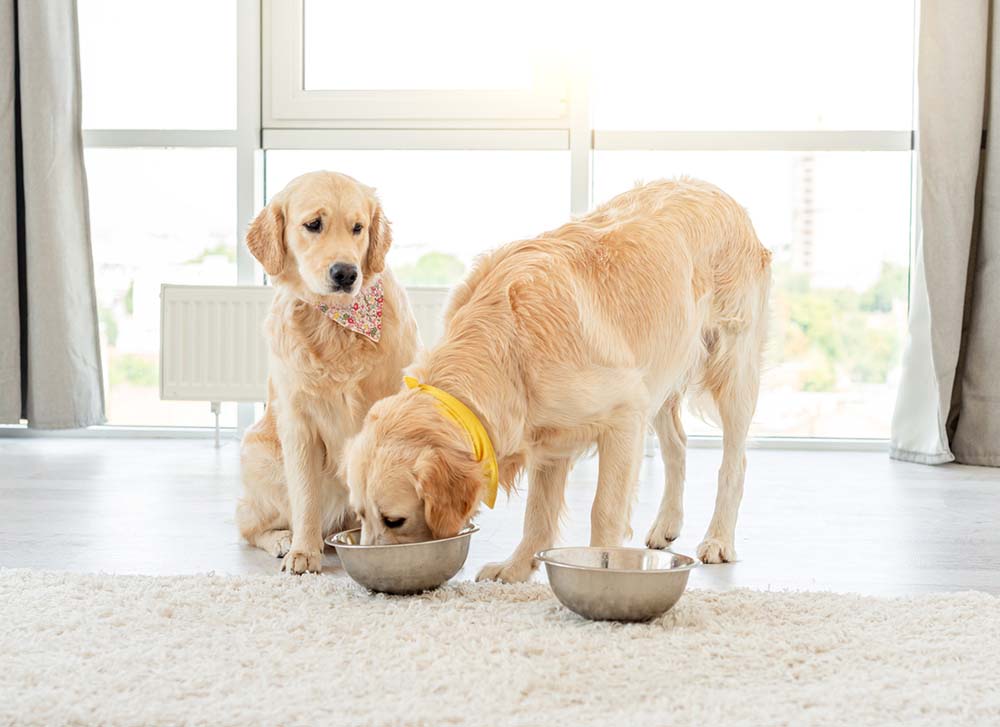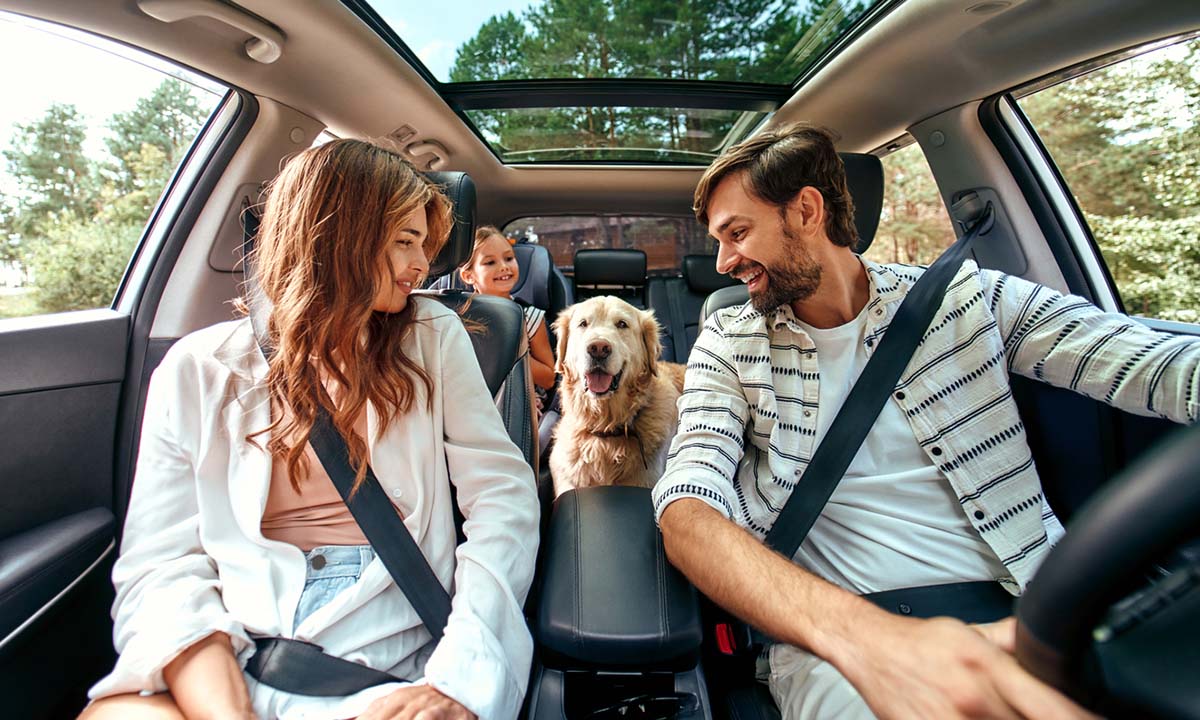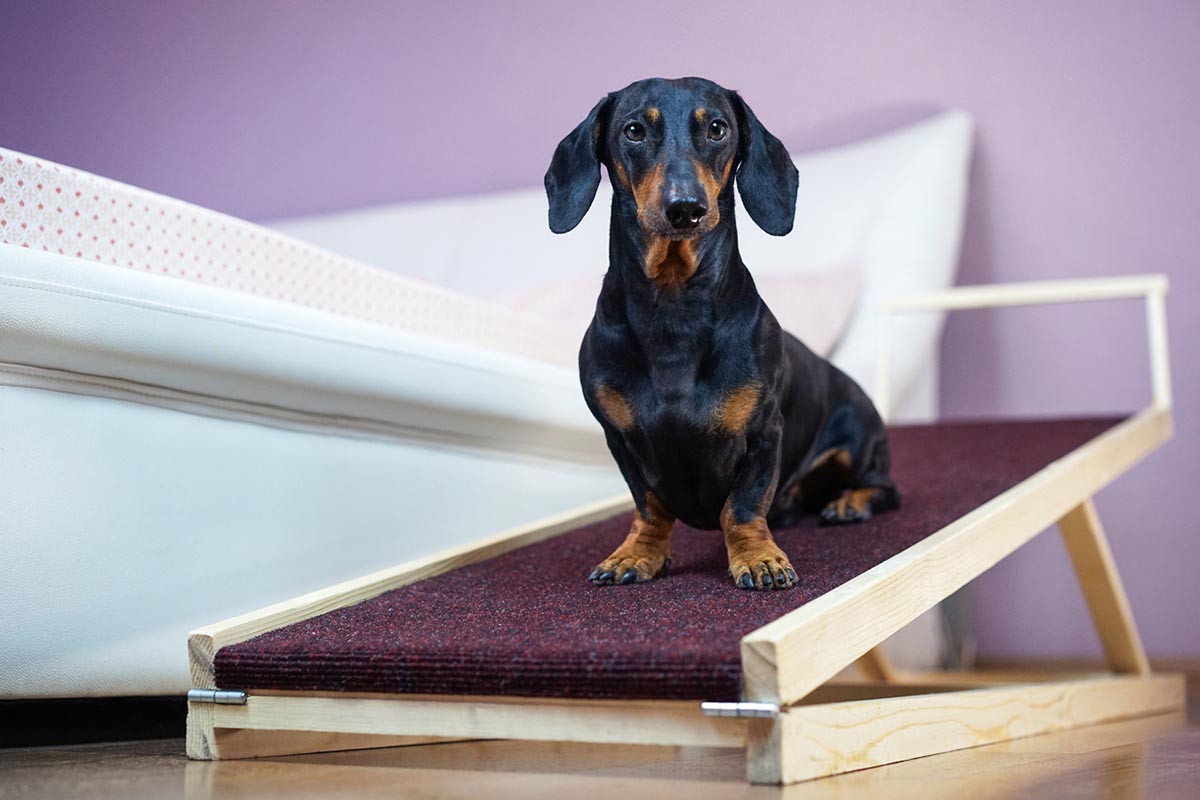How to Stop Food Aggression Towards Other Dogs
When it comes to dealing with dinner time for your dog, food aggression can be a tricky behavior to tackle. Food guarding is a normal dog behavior, but the aggression that comes with it can be dangerous for other dogs or family members.
When it comes to dealing with dinner time for your dog, food aggression can be a tricky behavior to tackle. Food guarding is a normal dog behavior, but the aggression that comes with it can be dangerous for other dogs or family members.
Lots of dog owners reach a point where they have to address food aggression in their pups, so rest assured you’re not alone! With consistency and a few good strategies, you can take steps to manage and mitigate your dog’s food aggression behaviors.
What Is Food Aggression?
First thing is first: what is food aggression in dogs?
Food aggression is used to describe a dog’s defensive and sometimes confrontational behavior while they are eating or presented with opportunities for food. It can also sometimes be called “food bowl aggression,” since most dogs eat from a bowl.
How to Recognize Food Aggression
Body language and changes in demeanor are some of the first signs of food aggression. A dog displaying behaviors of food aggression might look like:
- growling
- stiffening their body
- showing their teeth
- lunging
- snapping
Dogs who resource guard food can even bite when another dog or person gets close to them while food is present. This could be food in their bowl, kibble dropped on the floor, a bone or rawhide, or dog treats.
Signs of Food Aggression and Food Guarding Behavior:
- When a dog growls
- High hackles (hairs on the ridge of a dog’s back)
- Stiffening their body
- Showing their teeth
- Lunging
- Snapping
- Biting
What Causes Food Aggression in Dogs?
Dog aggression can have a lot of root causes, and food aggressive behavior has several of its own. It can come from dogs wanting to assert their dominance, or for dogs who experience anxiety about other dogs or people taking their food.
Food aggression can be learned during the puppy years either by chance or in shelter situations where there is competition for food. This is where resource guarding comes in. Dogs who have been strays or spent time in homes where there was food scarcity may also be more likely to display aggressive behavior around food.
Dogs who experience trauma are more likely to develop food aggressive behavior as well, and this can happen to both young and older dogs during any stage of life. Types of trauma that might affect a dog’s behavior around food can include the loss of a loved one, fighting with another dog, or abuse or neglect by past humans.
What Is Resource Guarding?
Resource guarding is using different behaviors to maintain a valuable resource (in this case, food) and prevent other parties from getting access to it. When it comes to food aggression in dogs, their desire to maintain resource guarding of food is what leads to food aggressive behaviors.
A resource-guarding dog feels the need to defend their food. Originally this comes from primal canine instincts where fighting for your dinner was necessary. In an age where your pup is getting their dinner served to them by you instead of hunting it, there’s no real need to fight.
How To Stop Food Aggression Towards Other Dogs

An aggressive dog isn’t a bad dog, but rather a dog in need of some redirection and a little more time spent on dog training. Counterconditioning dogs who display food aggression is perfectly possible with consistency and patience.
Make Mealtimes a Positive Experience
Most dogs can sense it if you’re also experiencing anxiety around feeding times. Maintaining an upbeat, positive attitude and using positive reinforcement to encourage good behavior in the presence of food can make a huge difference in shifting your dog’s attitude towards meals, too. You can even start mealtime with a special treat to break the ice and communicate to your dog that this is a positive experience.
Feed Multiple Dogs in Separate Rooms
One of the biggest things that causes food aggression in dogs is a perceived sense of competition. Whether this comes from a past experience or has developed from some other type of anxiety, like separation anxiety or stress around strangers, dogs who display aggression and guarding behavior when food is present feel like their access to food is threatened.
To eliminate the issue initially, feeding dogs in different rooms is the best solution — especially when introducing a new dog to your home. Keeping each dog’s bowl separate draws a clear boundary between which food belongs to who. When they’re not side by side or face to face, your dogs can let down their guard (literally) and enjoy their meal without the need for assertive or aggressive behavior.
Make Sure Your Pup Is Getting Enough Dog Food
Some dogs may display aggressive behavior around food when they’re hungry, or ‘hangry’ as we might describe the feeling in humans. Being hungry day after day would make any creature cranky! Make sure your dog is getting enough food based on their height, weight, breed, and age.
Check the recommended portions on the label of your dog’s food and adjust their servings accordingly. If the portions of dog food seem way off in either direction or just aren’t working, ask your veterinarian’s opinion about the right amount of food for your pup.
Keep Feeding Times Consistent
Creating a consistent mealtime routine is another great way to help alleviate your dog’s stress around supper. Feeding your dog (or dogs) at the same time every day gives them a sense of predictability around food. Being fed on a schedule can help reduce your dog’s fear of not getting fed or not getting enough.
Feeding your dog in the same location is another good mealtime training technique that can help your dog develop more security around food. Dinner in the dog park may seem like a fun outing, but dinner in the same location creates a routine your dog can count on.
Work With a Canine Behavior Specialist
If behavior around food aggression isn’t getting better, and you’re still seeing signs of resource guarding in your dog, it may be time to consult a professional animal behaviorist.
Different training methods work for different dogs and their humans. A professional dog trainer or veterinary behaviorist can help provide pet parents with training techniques that will work best for your dog’s degree of food aggression and specific needs.
Why Is It Important to Stop Food Aggression in Dogs?
Putting an end to food aggression is the best way to keep your dog, other pets, and family members safe from escalating aggressive behavior, and make mealtimes in general a much more pleasant experience for your dog.
Dogs displaying aggressive behavior when it comes to food may seem harmless at times, but this behavior can worsen over time or transfer to aggression in other activities, too. A food-aggressive dog may become aggressive over other things, like toys, favorite spots, or even people if the behavior isn’t addressed.
5 Tips To Make Meal Time Go With Your Dogs Go More Smoothly:
- Be consistent — same time, same place, even the same dish can help establish routine!
- Separate multiple dogs at mealtime
- Give your dog their own special dog bowl (especially if you have multiple dogs)
- Reward good behavior at mealtimes with a high-value treat
- Check with your vet and recommended portions on dog food







